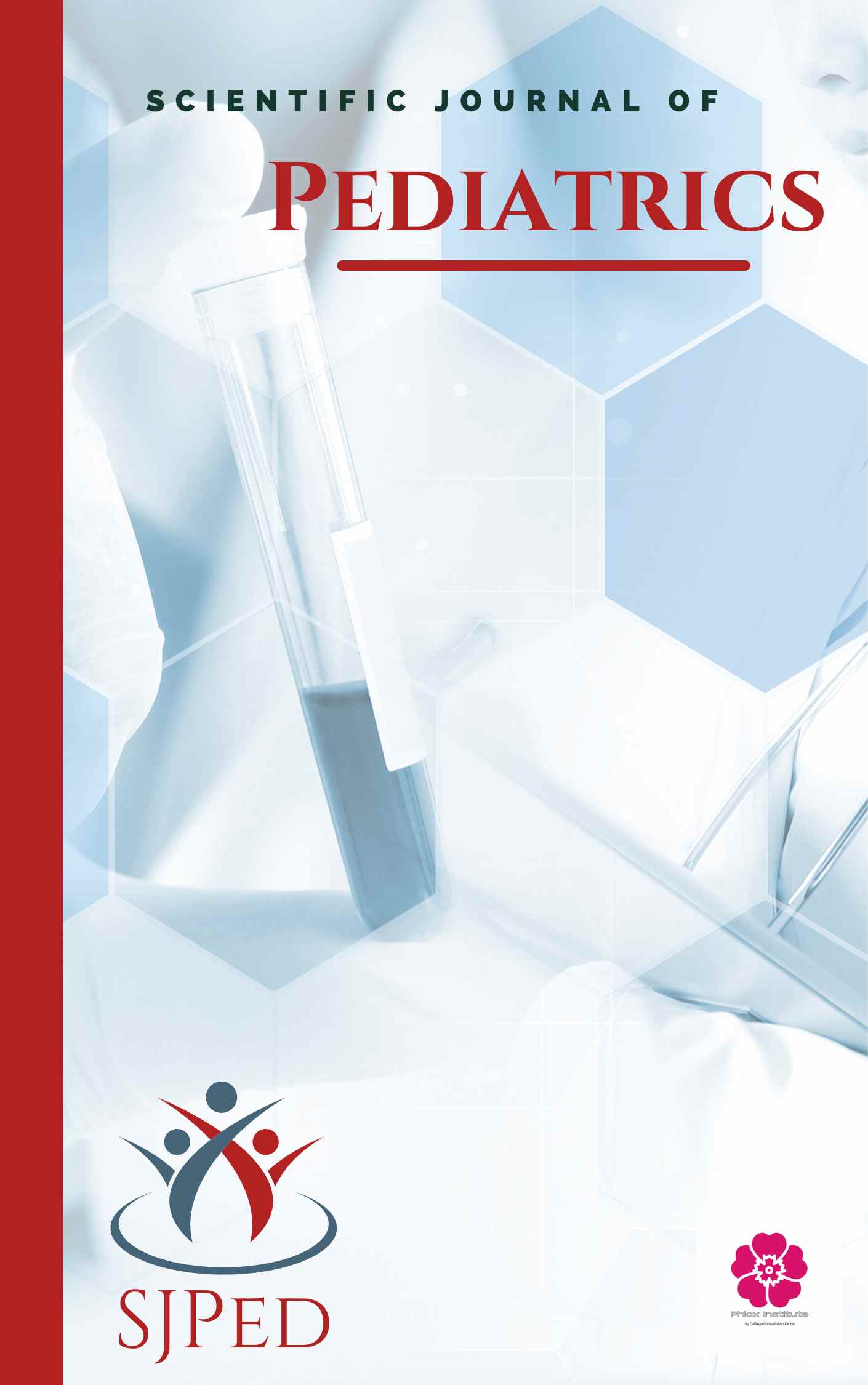Main Article Content
Abstract
Introduction: The COVID-19 pandemic has disproportionately affected the adult population, often presenting with classic symptoms such as fever, cough, and shortness of breath. However, atypical presentations, especially in the pediatric population, have posed a significant challenge in timely diagnosis and management. This study aimed to investigate the atypical presentations of COVID-19 in children from West Sumatra, Indonesia, to improve recognition and guide tailored interventions.
Methods: This retrospective study analyzed medical records of children (≤ 18 years) diagnosed with COVID-19 at major hospitals in West Sumatra between January 2020 and December 2023. Demographic data, clinical manifestations, laboratory findings, and outcomes were collected. Atypical presentations were defined as the absence of fever or respiratory symptoms at presentation. Descriptive statistics and logistic regression were employed to analyze the data.
Results: A total of 452 pediatric COVID-19 cases were identified. 187 (41.4%) presented with atypical symptoms. The most common atypical presentations were gastrointestinal (32.6%), neurological (21.4%), and dermatological (15.5%). Compared to those with typical presentations, children with atypical symptoms were more likely to be younger (p < 0.001), have comorbidities (p = 0.023), and experience delayed diagnosis (p < 0.001). Logistic regression revealed that younger age (OR: 0.95, 95% CI: 0.92-0.98) and comorbidities (OR: 1.72, 95% CI: 1.05-2.83) were significant predictors of atypical presentations.
Conclusion: Atypical presentations of COVID-19 are common in children from West Sumatra, Indonesia. Clinicians should maintain a high index of suspicion for COVID-19 in children presenting with non-specific symptoms, especially in younger children and those with comorbidities. Early recognition and testing are crucial for prompt management and preventing further transmission.
Keywords
Article Details
Scientific Journal of Pediatrics (SJPed) allow the author(s) to hold the copyright without restrictions and allow the author(s) to retain publishing rights without restrictions, also the owner of the commercial rights to the article is the author.





